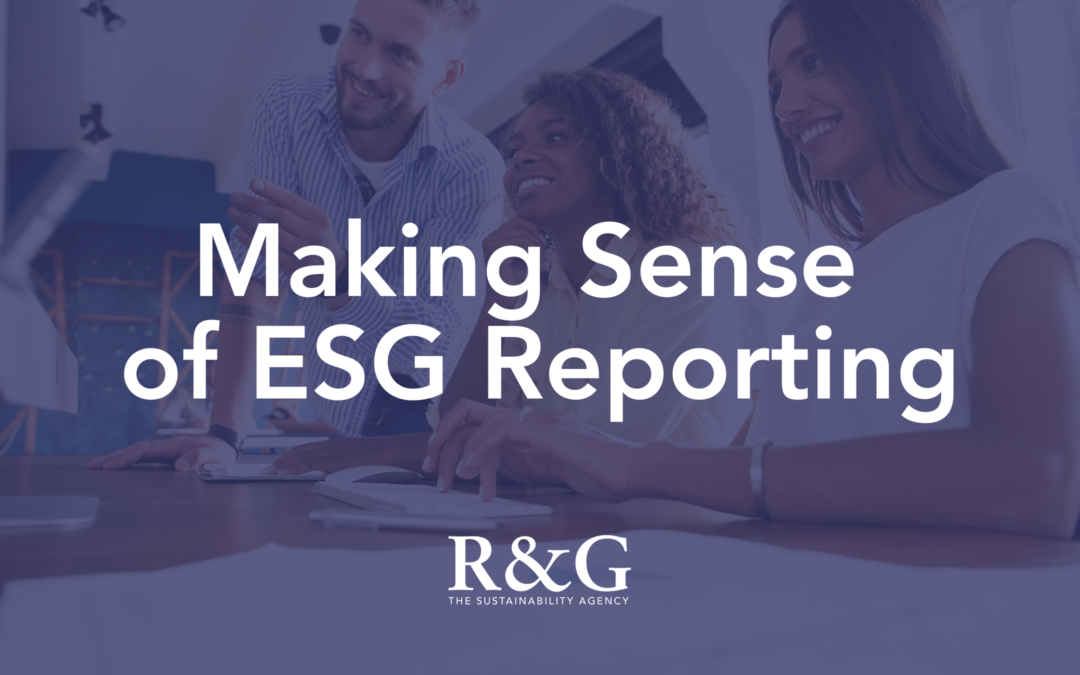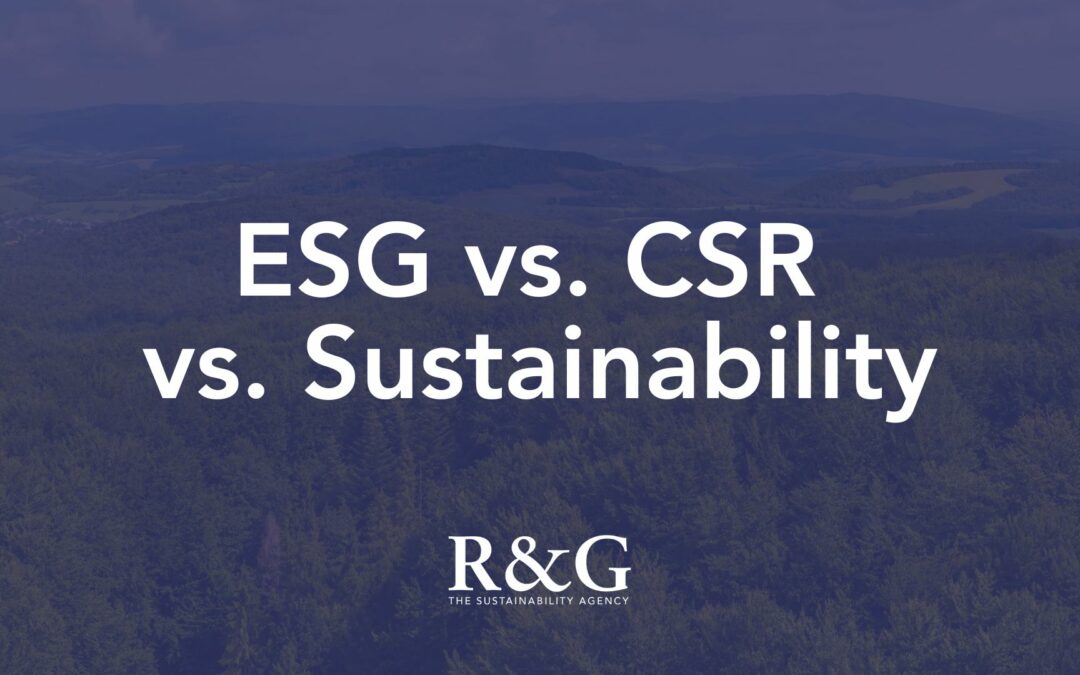Understanding how the design of your logo represents your brand and creates the correct perception for your customers.
In today’s marketplace, it is increasingly difficult for a green business to take root and be noticed. And even though well-meaning people have told us to not judge a book by its cover, we are still quick to judge a business by its logo.
So we’ve outlined 3 questions you should ask before you design a green business logo and why an effective logo is an important visual step to standing out and setting yourself up for success.
1. Who is your target audience?
If your logo is going to hit the mark, you need to designate a target first. Always keep in mind who your customers and consumers are. They are often the same person, but don’t overlook the influence children and significant others not necessarily buying your product or service have on purchasing decisions.
We’ve talked about it before, but it bears repeating. Insights on your target audience can be broken up into demographic and psychographic categories. Demographics deal with hard data like age, gender, income and so on. While psychographics look at subjective information like attitudes, motivations, values and behaviours.
We put this into practice while developing the brand for gubgub, a consumer brand producing efficient protein products like cricket protein powder. While a lot of protein powders typically target men, gubgub’s market opportunity was to position themselves to target young, professional and active-lifestyle women who care about sustainability and how ingredients are sourced. This information provided the whole foundation for our logo design process. In the same way, taking your own target audience into account should have a fundamental impact on how your logo is designed.
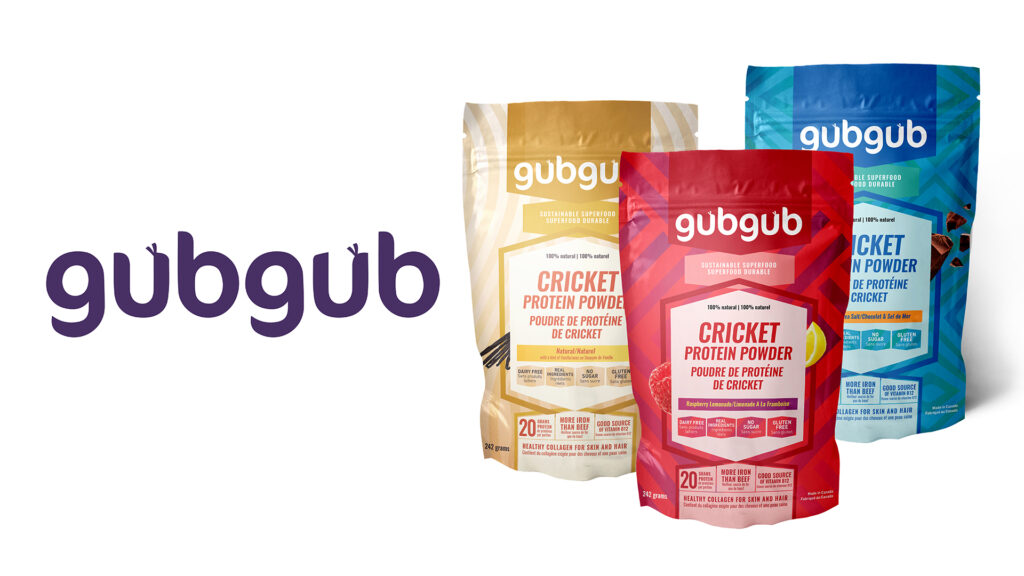
2. What is your brand’s personality?
Your brand has a set of human characteristics associated with it that gives it a unique personality. Jennifer Aaker, an American social psychologist breaks brand personalities into 5 different dimensions.
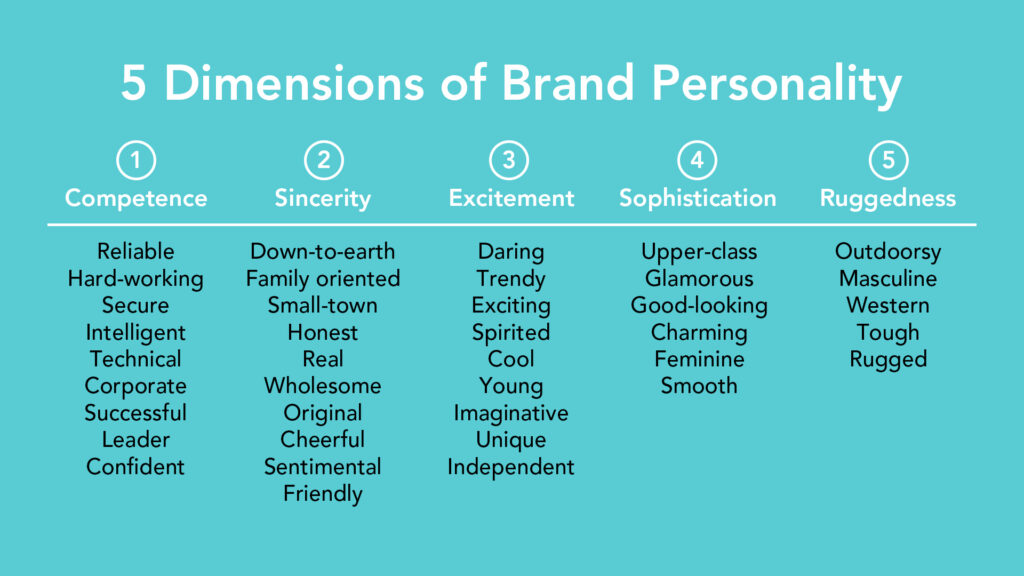
Green brands tend to gravitate towards sincerity (which is not a bad thing) but don’t feel confined to one category. For example, electric vehicle manufacturer Tesla has a brand that is exciting, competent and sophisticated. Diving even deeper, you could describe Tesla as imaginative, intelligent and upper-class.
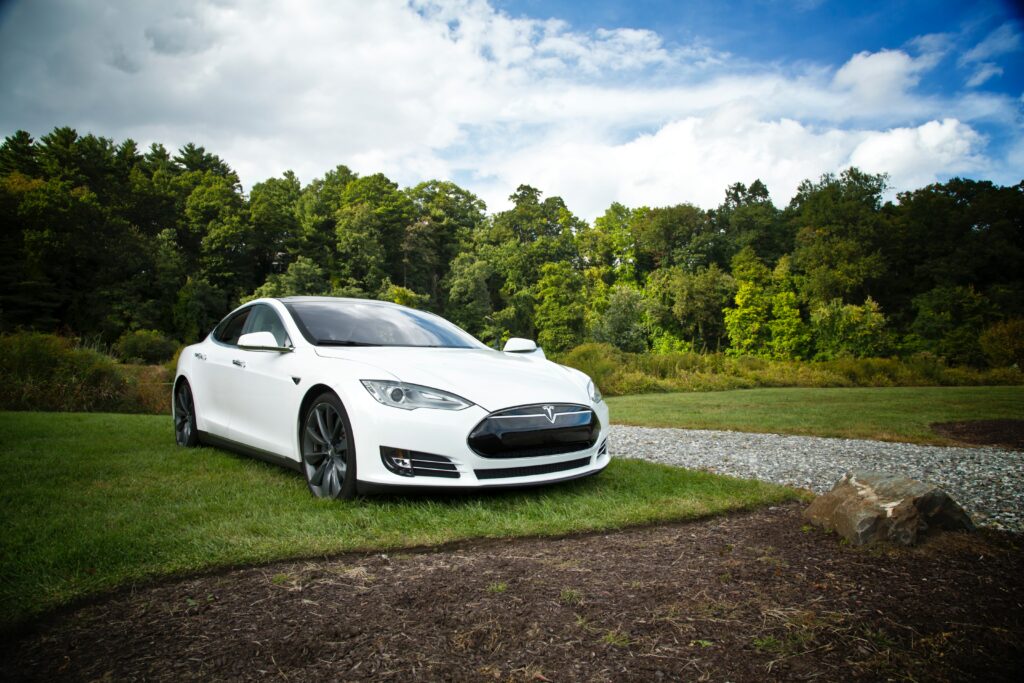
Keep in mind that unless you’re James McAvoy, splitting up your brand’s personality traits too much can have negative consequences. Customers that have a different experience with a product or service than they expected has been shown to negatively impact their perception of that brand. It’s the same reason McDonald’s works great if you’re looking for convenience, but not if you’re celebrating Valentine’s Day.
Aaker’s model is useful, but it’s only one of many effective ways to approach defining your brand’s personality. Green brands and Jungians alike can find success with the archetype approach, where you align your brand with one of the 12 archetypes that represent universally recurring characteristics, values and attitudes. Identifying your brand with one of these archetypes can give you the framework to align your values, unique selling proposition and target audience. Your brand could be the outlaw that aims to liberate people from their reliance on fossil fuels, or the creator that innovates to get the same results in a more sustainable way. It’s possible to be more than one, but that point is to align with a recognizable narrative type that accurately represents your brand and resonates with your target audience.
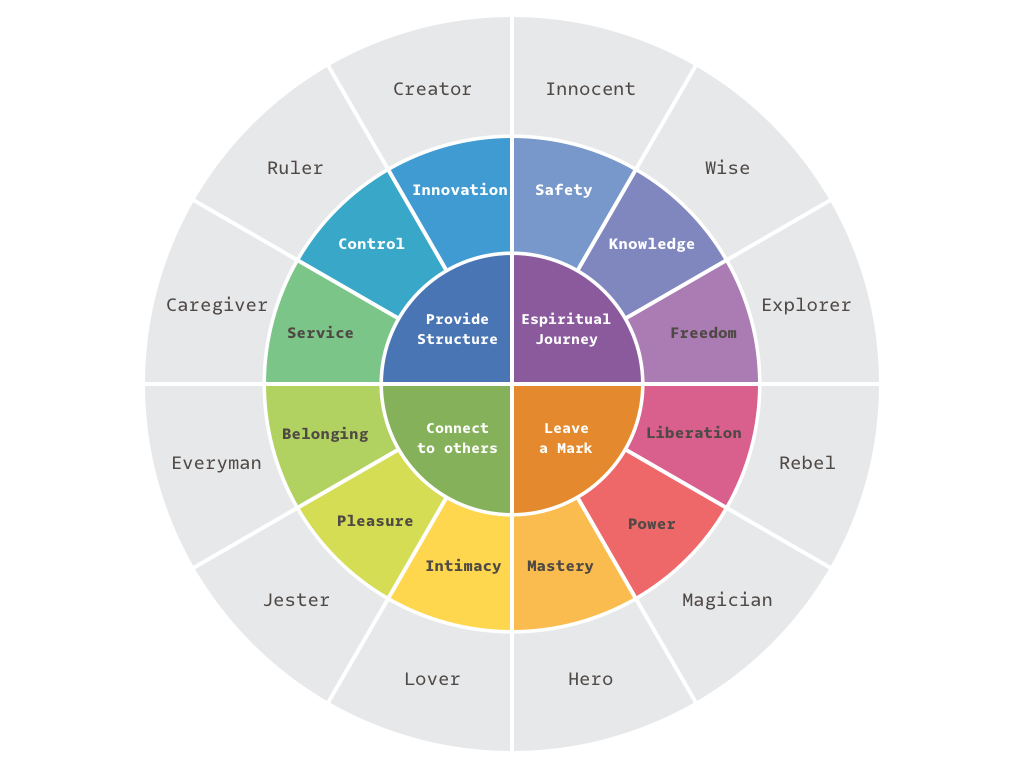
3. What style of logo will work best?
The combination of typography and images you choose for your logo will change how it’s perceived. Here are the 7 styles of logos you will most commonly see:
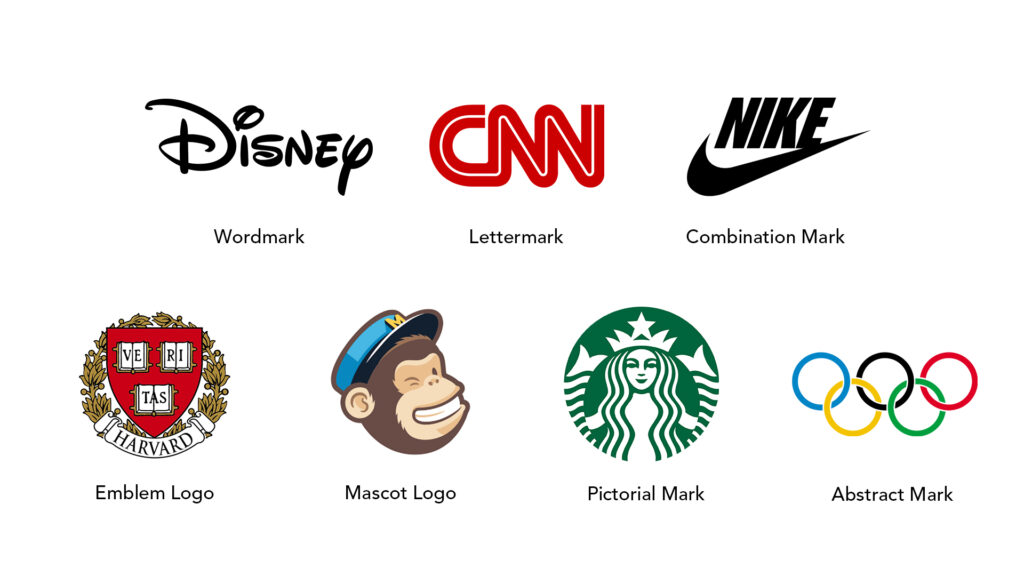
On the type heavy side you have wordmarks and lettermarks. Wordmarks work great if your company has a short and distinct name like FedEx and Visa. If you have a more complicated name like the Massachusetts Institute of Technology, then creating a lettermark like MIT may make more sense. Keep in mind that abbreviations can take a while to catch on when you’re new, so you may want to include your full name alongside the lettermark until you can drop it from your branding materials.
Like many companies that have branded and rebranded before you, a combination of visuals and type might be your best direction. A purely image-based logo like an abstract mark or pictorial mark could be challenging for audiences when you’re trying to grow brand recognition. Look to Pepsi and Starbucks for example, where it’s taken decades to move away from placing their name on their logo. This approach also allows you to be flexible and create variations of your logo where you may only use the type or the image depending on how it will be used.
Now it’s up to you (or your designer) to decide what logo style best embodies your brand.
Make sure your logo represents your brand well
While a logo is only a small piece of your brand, it has the potential to tie everything together, or be the subject of constant apology. So before you get your next logo designed, we recommend you ask the right questions (like how much does branding cost) and do the market research. It will be worth every discontinued penny.
Ready to get a professional logo made for your green business? Need help developing your brand? We’d love to help.

